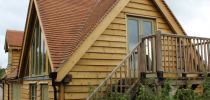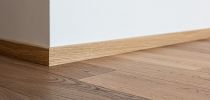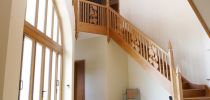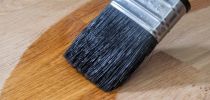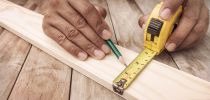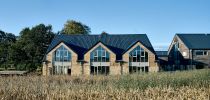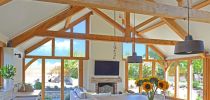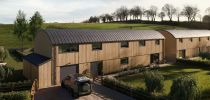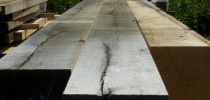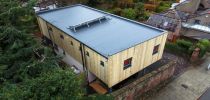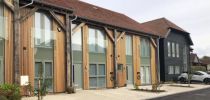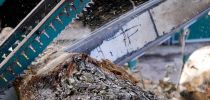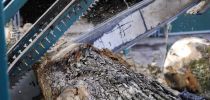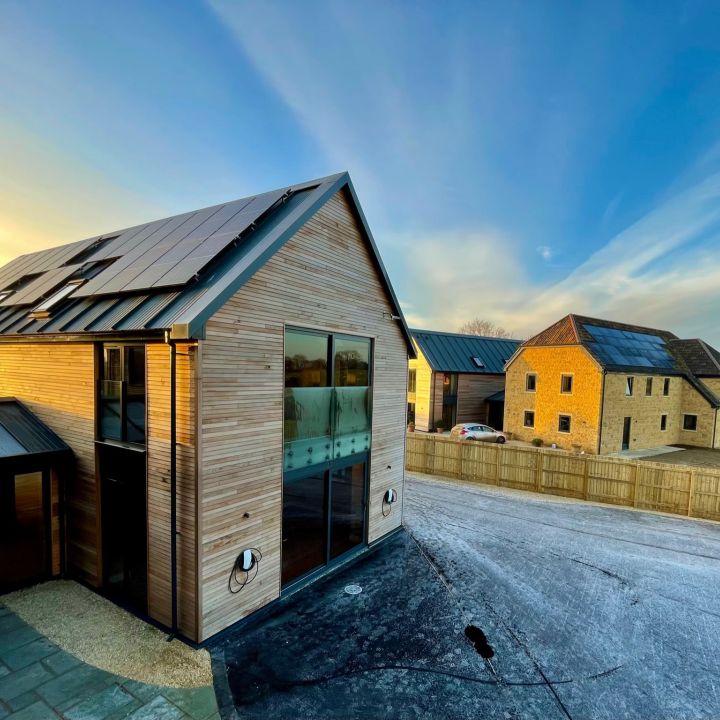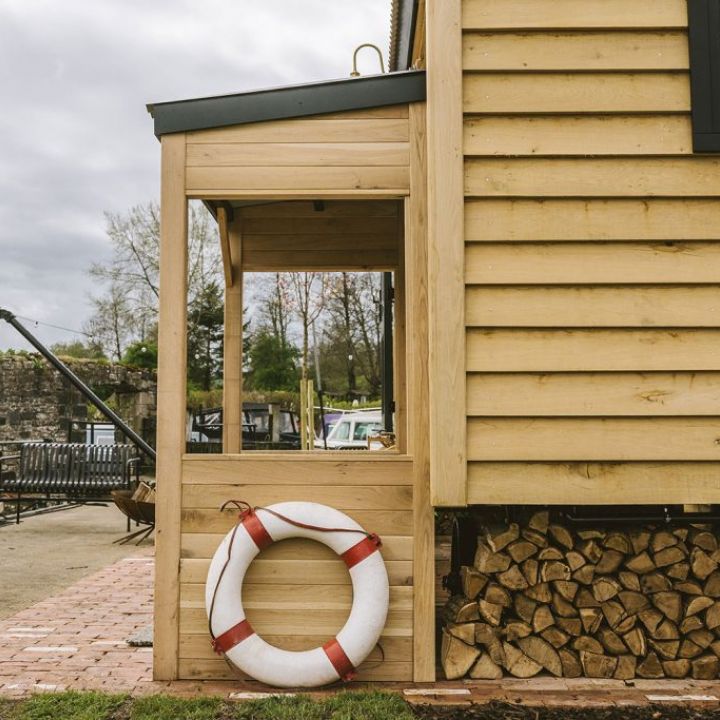
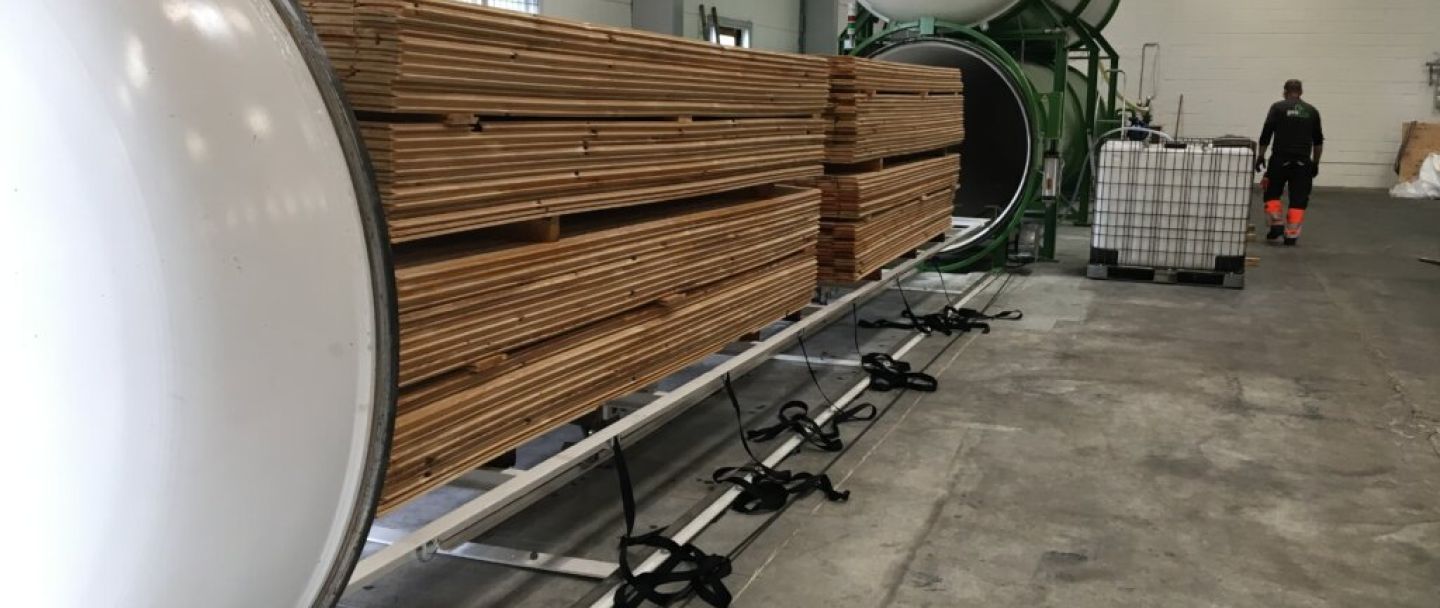
Types of Fire Retardant Treatment for Cladding
Learn about Impregnation, Surface Application & Dipping
13th February 2024
Flame retardant treatments reduce the surface spread of flame, heat, and smoke. This provides valuable extra time for evacuation and fire suppression in the event of an emergency.
The three most common methods of applying flame retardant are:-
- Impregnation in high pressure autoclaves
- Surface applied under factory-controlled conditions
- On site application, or ‘dipping’
Pressure Impregnated Fire Treatment
This treatment is a combination of high-pressure impregnation in a treatment cylinder, followed by heat curing under controlled conditions. With the high-pressure impregnation pushing the treatment into, and around, the packs of timber within the cylinder, there is a consistent uptake within the packs, ensuring the treatment lasts for the life of the building, with no maintenance required after installation. Undergoing this process can create an element of wastage so this needs to be accounted for.
Factory Spray & Brush applied Fire Treatment
This method is where protection is applied through a factory controlled system to EuroClass B through an audited (e.g. ISO 9001 & 14001) Spray & Brush Line. It is a more labour-intensive process than pressure impregnation, with every board going through the line ending up with a consistent application of fire treatment to all faces. However, as with the pressure impregnated treatment, it is designed to last for the life of the building, and no maintenance is required after installation.
On site application, or ‘Dipping’
This is where packs of timber are immersed into a fire treatment solution bath, before removing and allowing them to drip dry. If necessary, the process can be repeated. There are two main disadvantages of this process:-
- It lacks the advantages of a high-pressure closed cylinder system that drives the solution throughout the pack and into each individual timber
- It doesn’t have the precise, monitored approach found in a Spray & Brushline
On-site application, for any form of coating, makes things very difficult to control things such as humidity, contamination, application consistency and curing time.
Because of this, the application of flame-retardant products on the construction site, either by brush or spray, is not approved by the Wood Protection Association as quality control is almost impossible to assure.


